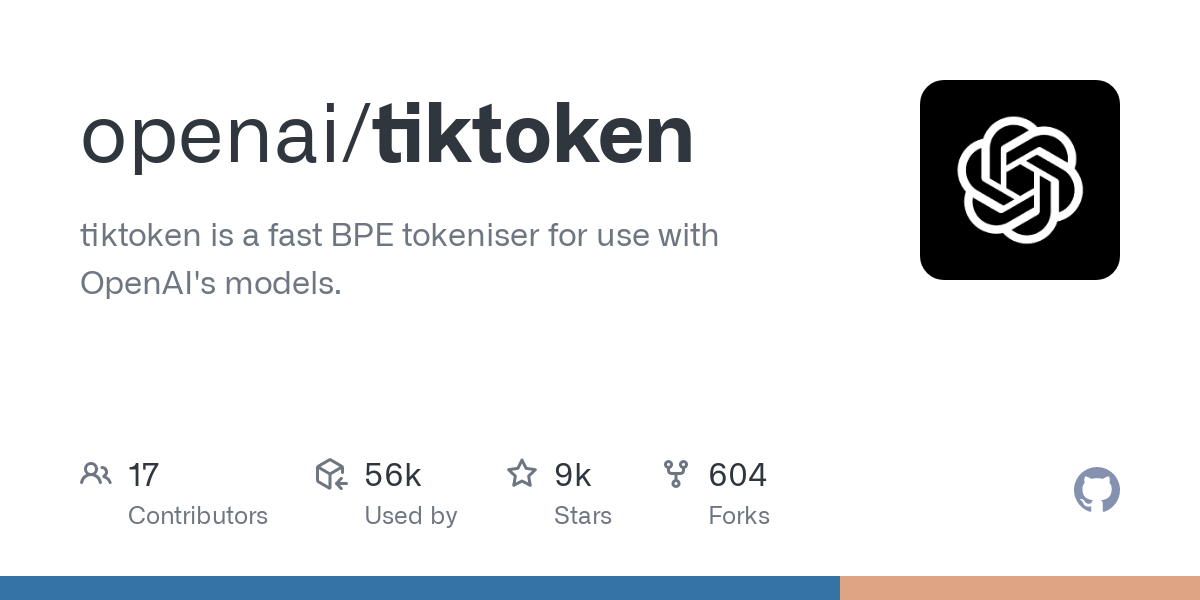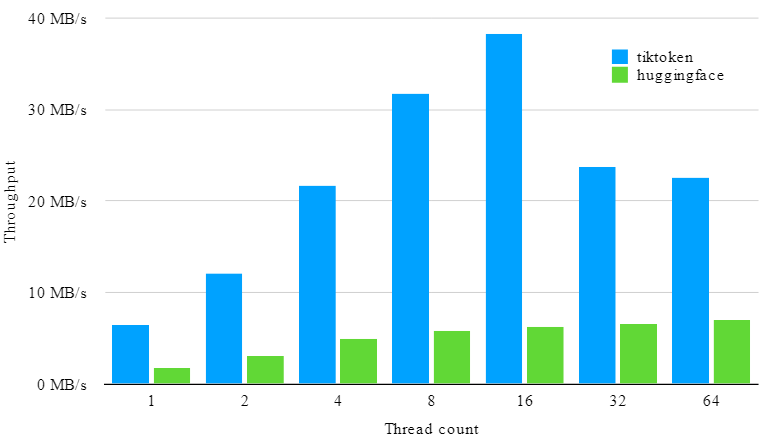Course
Start Your AI Journey Today!
3 hr
12K
Course
Introduction to Embeddings with the OpenAI API
3 hr
2.2K
Course
Developing AI Systems with the OpenAI API
3 hr
179
See More
RelatedSee MoreSee More
The Art of Prompt Engineering with Alex Banks, Founder and Educator, Sunday Signal
Alex and Adel cover Alex’s journey into AI and what led him to create Sunday Signal, the potential of AI, prompt engineering at its most basic level, chain of thought prompting, the future of LLMs and much more.
Adel Nehme
44 min
A Comprehensive Guide to Working with the Mistral Large Model
A detailed tutorial on the functionalities, comparisons, and practical applications of the Mistral Large Model.
Josep Ferrer
12 min
How to Exit Python: A Quick Tutorial
In this article, we cover the basics of what happens when you terminate Python, how to exit Python using different exit functions and keyboard shortcuts, as well as common issues and how to avoid them.
Amberle McKee
Exploring Matplotlib Inline: A Quick Tutorial
Learn how matplotlib inline can enable you to display your data visualizations directly in a notebook quickly and easily! In this article, we cover what matplotlib inline is, how to use it, and how to pair it with other libraries to create powerful visualizations.
Amberle McKee
How to Use the NumPy linspace() Function
Learn how to use the NumPy linspace() function in this quick and easy tutorial.
Adel Nehme
How to Convert a String into an Integer in Python
Learn how to convert Python strings to integers in this quick tutorial.
Adel Nehme




